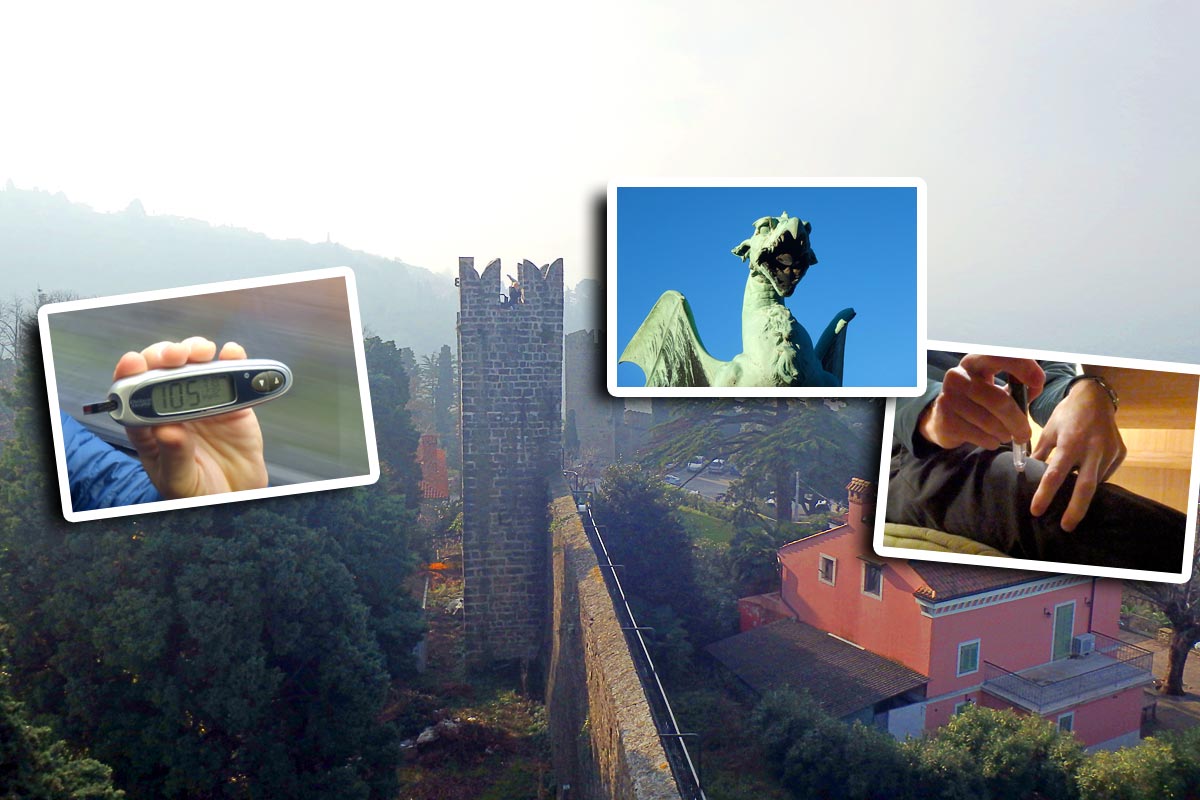
Slovenia is a small country in central/southern Europe full of interesting secrets and amazing landscapes and ancient towns. Travel to Slovenia with diabetes is easy, as long as you have the right attitude and do a little bit of preparation.
Diabetics who are thinking of traveling to Slovenia often fear what would happen if there were some diabetic emergency, or how they would handle food, insulin, and travel while there.
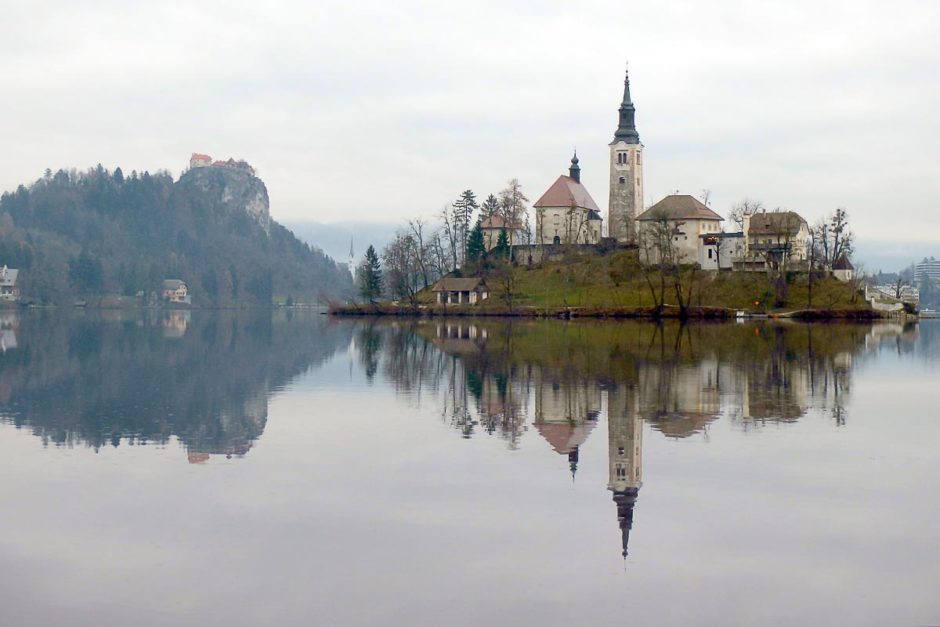
In fact, Slovenia is a fully modern country and traveling there as a diabetic is no more difficult than being at home with diabetes.
In this guide
This is your guide to traveling in Slovenia with diabetes, from a Type 1 diabetic who bounced around the fascinating country himself. In this guide you’ll learn:
- How to handle insulin and Slovenian food
- How to communicate with Slovenians about your diabetes
- How to travel with diabetes paraphernalia in Slovenia
- About my specific experiences with diabetes in Slovenia
- General inspiration to visit Slovenia
Travel without fear!
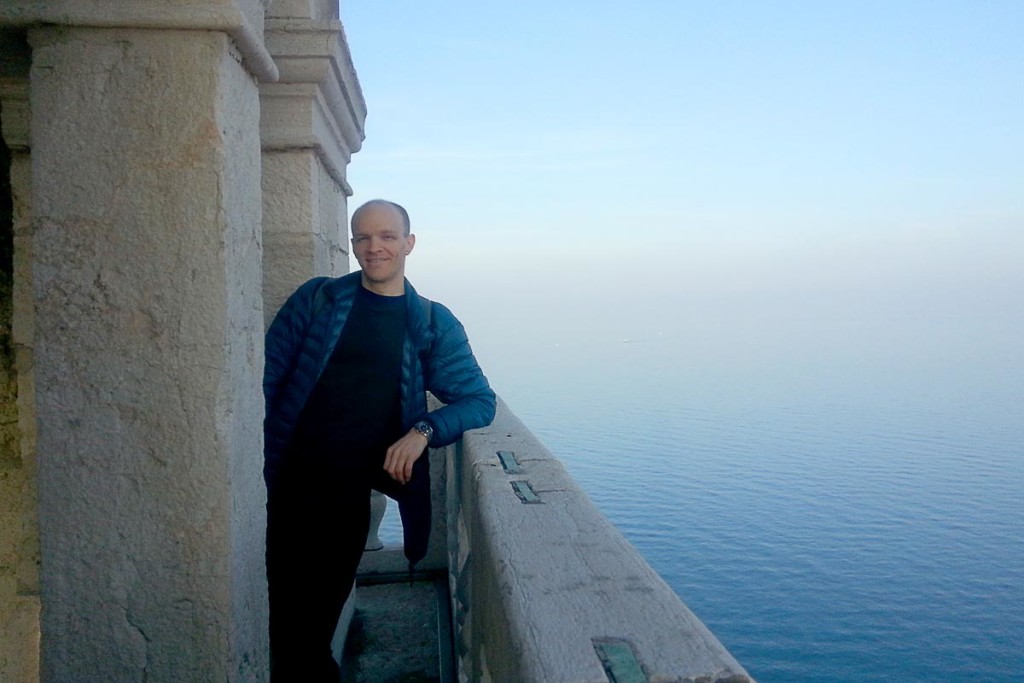
The two main points to remember
Getting to and around Slovenia with diabetes is made much more smooth and satisfying if you keep two basic goals in mind:
- Have the right attitude.
- Be prepared.
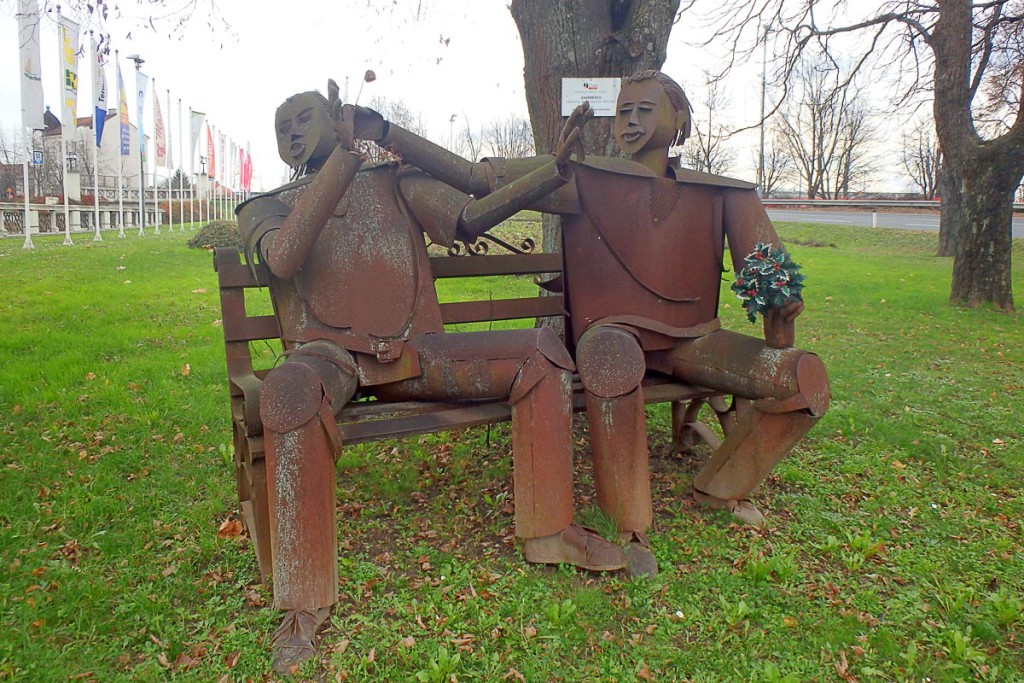
Having the right attitude
The best attitude to have for Slovenian diabetes travel is to remind yourself that nothing bad will happen to you. Slovenia doesn’t present some unknown, impossible-to-handle obstacles for good blood sugar control more than any other place.
While a low blood sugar emergency is always possible, it is so unlikely that as long as you remember to keep an eye on your blood glucose level – check often – you can dismiss the thought. It’s all in your head, and worrying about it is not adopting the right attitude for travel as a diabetic.
You’ll be fine. Be confident and realistic. And be prepared.
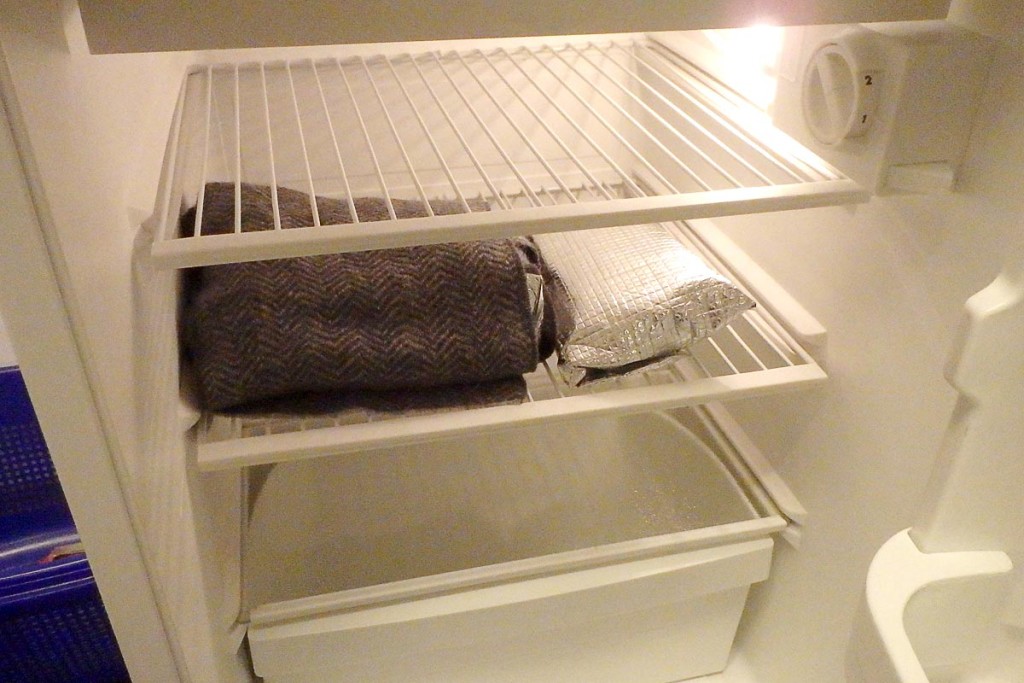
Insulin in a bed and breakfast refrigerator.
How to prepare
You’ll need your diabetes supplies and a little knowledge about what to expect as a visitor to Slovenia.
My recommendation is to calculate how much you’ll need of everything, then bring twice that. Not only does this ensure that you will have what you need, even if something happens to part of your supplies, but it will help relax your mind if having enough supplies is something that might concern you.
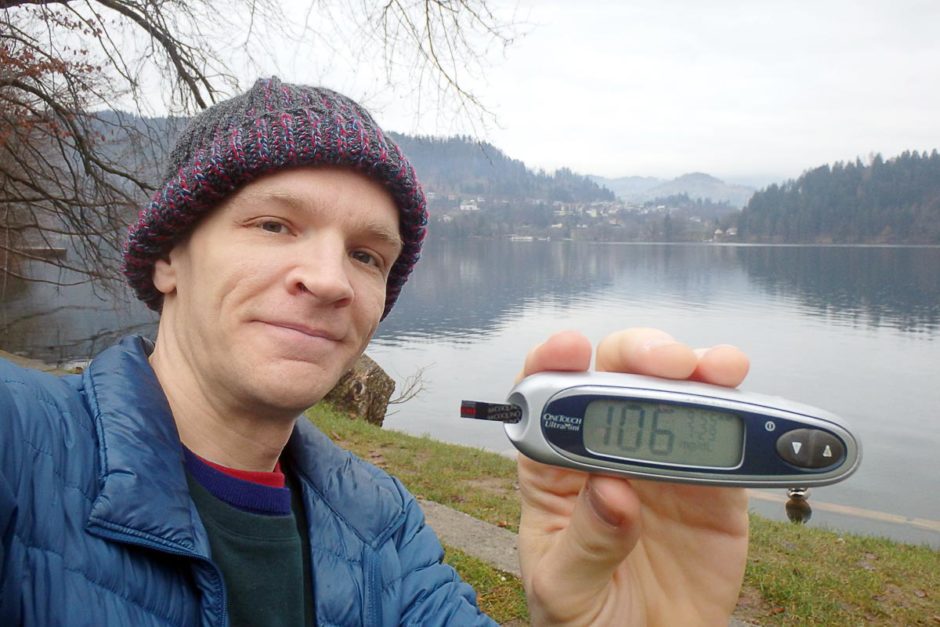
Personally, I took multiple insulin pens and blood sugar test strips with me to Slovenia, and the travel rules for those supplies can be applied to many types of diabetes travel:
- Keep your insulin cool. Most guesthouses, hotels, and hostels have a refrigerator where you can store your insulin supply. But even in summer, insulin can be kept cool enough that you probably don’t even need to worry with actual refrigeration. Wrapping your insulin up in something that doesn’t let in light, and keeping it buried in a big bag that you keep in your room while you’re out and about, should be fine.
- Split up your supplies. It’s very unlikely that anything would happen to one of your bags, but split all of your diabetes supplies for Slovenia up into equal amounts between your bags. For example, if you use one big bag and one day pack, keep half of your stuff in each. Again, this is not only practical but can reduce worry. And if someone snatches your bag, at least you can laugh at the idea of them excitedly opening it up and being disappointed by a bunch of insulin!
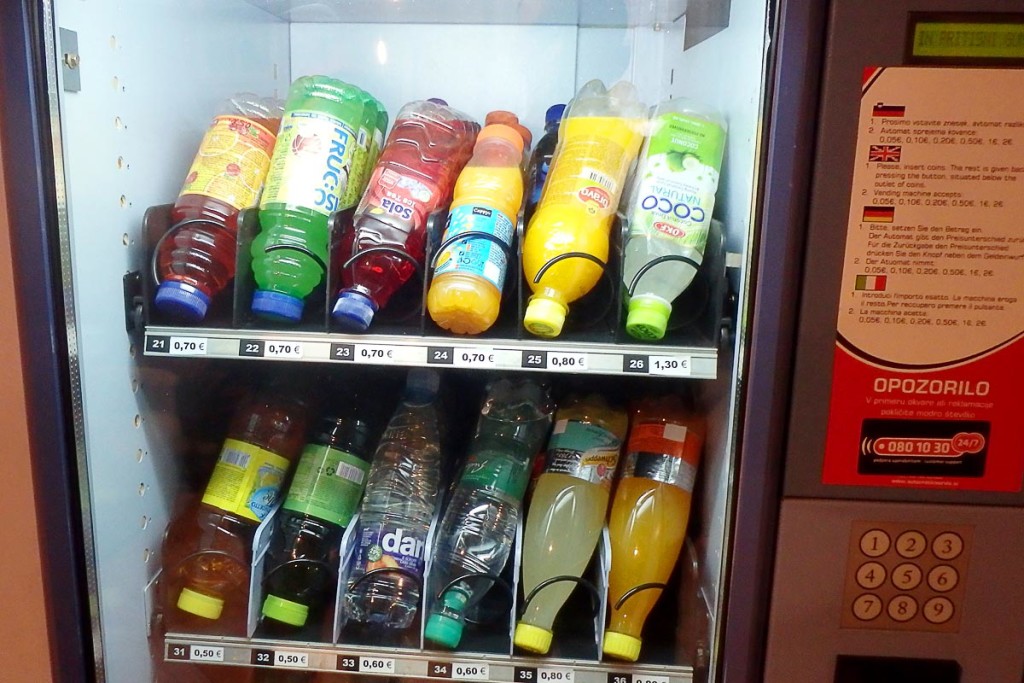
The other important thing about preparing for diabetes travel in Slovenia is something you can do while inside the country: always carry enough low blood sugar snacks with you. Convenience stores and kiosks are frequent. At bus and train stations especially, there will be vendors who see candy bars, juice, and other things. You can choose your favorites.
Always carry enough, and always buy more when you can if you’re almost running low. You may be trekking somewhere or riding on some transportation where snacks can’t be bought. Don’t assume you’ll find something; stock up when the chance comes.
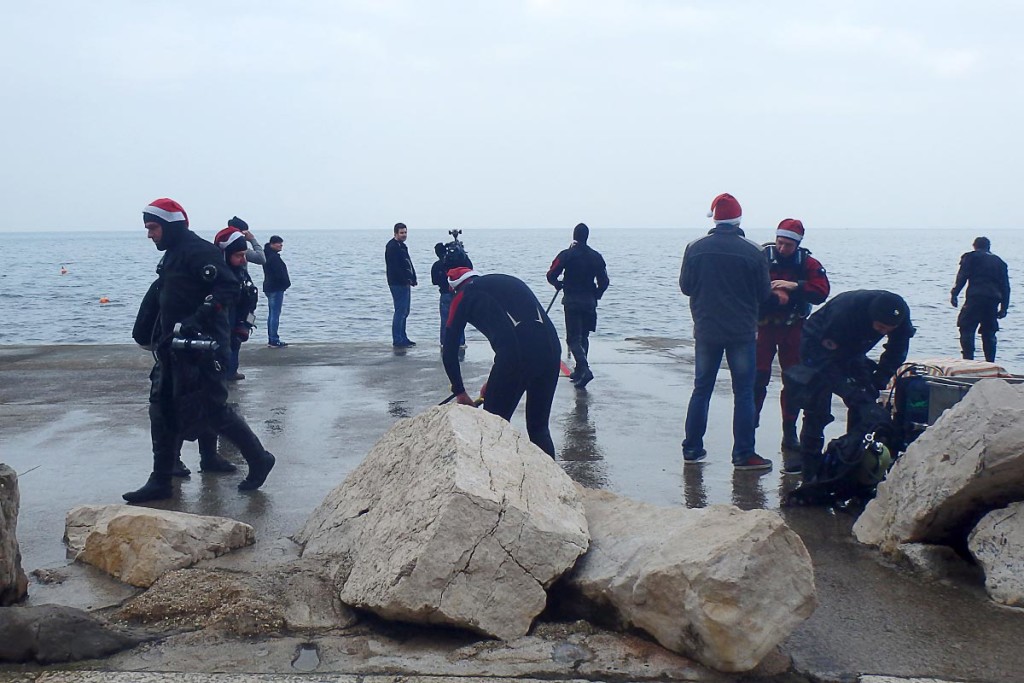
Scuba divers with Santa hats.
How to speak Slovenian – for T1Ds
Although highly unlikely, if you want to communicate to someone in Slovenia that you are diabetic, you can use this translation:
- “diabetes” – sladkorna bolezen (“slod corn ah bowl a zen”)
- “Type 1” – tipa 1 (“teepa en ah”)
- “juvenile diabetes” – juvenilni diabetes (“joo ve neel nee dee a beh tess”)
However, more realistically, you can virtually always use the English word “diabetes”. (If it doesn’t work, try pronouncing it like “dee a beh tess”.) You should at any rate be wearing a bracelet or anklet or something that identifies you as diabetic, and says “DIABETES” on it.
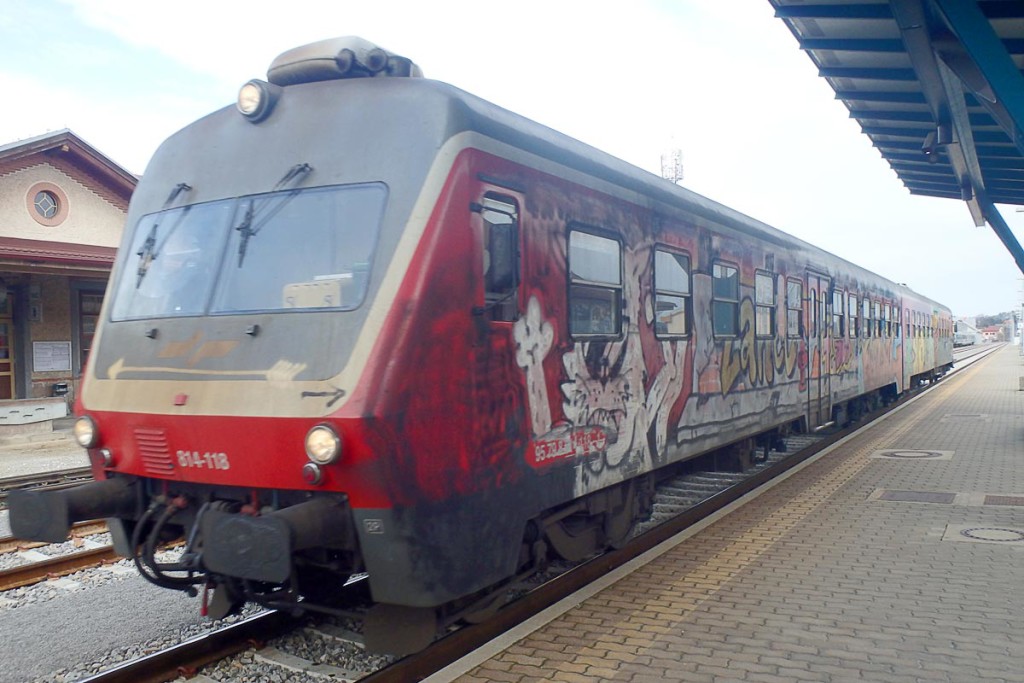
Take the food you’ll need onto Slovenian trains.
My experiences with diabetes in Slovenia
My average blood sugar, based on about 4-5 checks per day, was rather high, thanks to some mismanagement on my part with insulin doses. (See food/insulin info below.) My average per-country blood sugar on my long European trip had been getting better and better but in Slovenia got worse again.
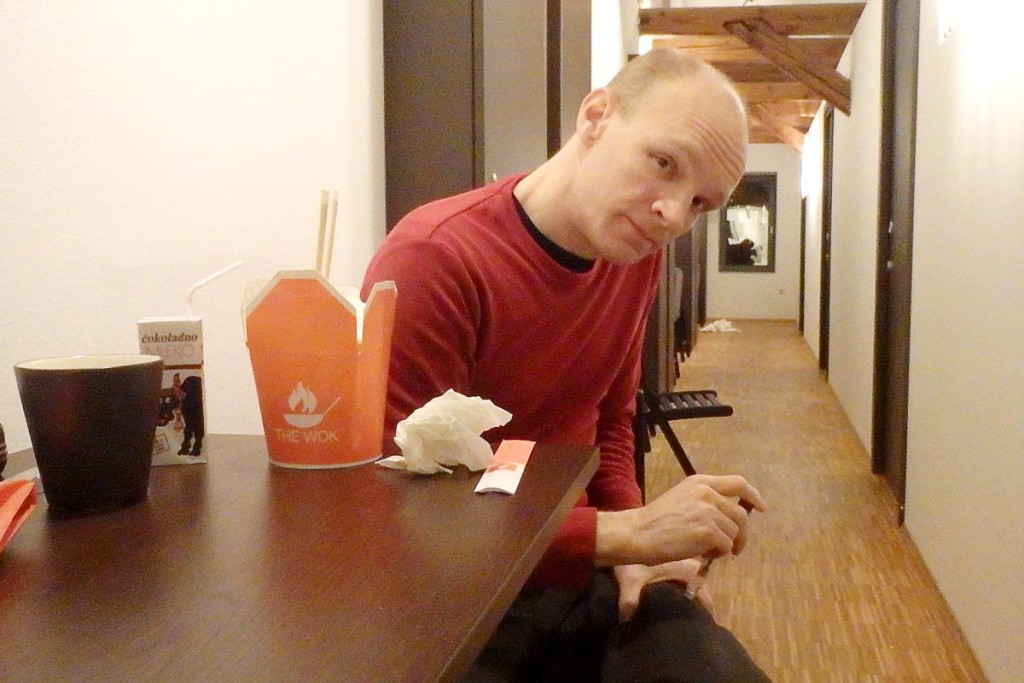
Dinner bolus for Chinese takeout in the hallway of a hostel in Ljubljana.
If you consider that food in Slovenia may be higher in carbs than it seems, your own blood sugar control can be much better than mine. Mine improved over my time in Slovenia, so yours definitely can too!
My blood sugar stats in Slovenia
- Total number of BG checks: 44
- Average BG: 196
- Lowest BG: 63
- Highest BG: 392
- Average morning BGs (~12:00): 212
- Average afternoon BGs (12:00~6:00): 182
- Average evening BGs (6:00~): 193
A blood glucose reading over 200 is one thing, but a BG over 300 is another. I only had two readings over 300 in Slovenia, both related to the same pasta meal. So one poor insulin dose can throw your average off quite a bit, but don’t worry: as long as you are aware of your BG and always try to adjust and improve, you’re doing the right thing!
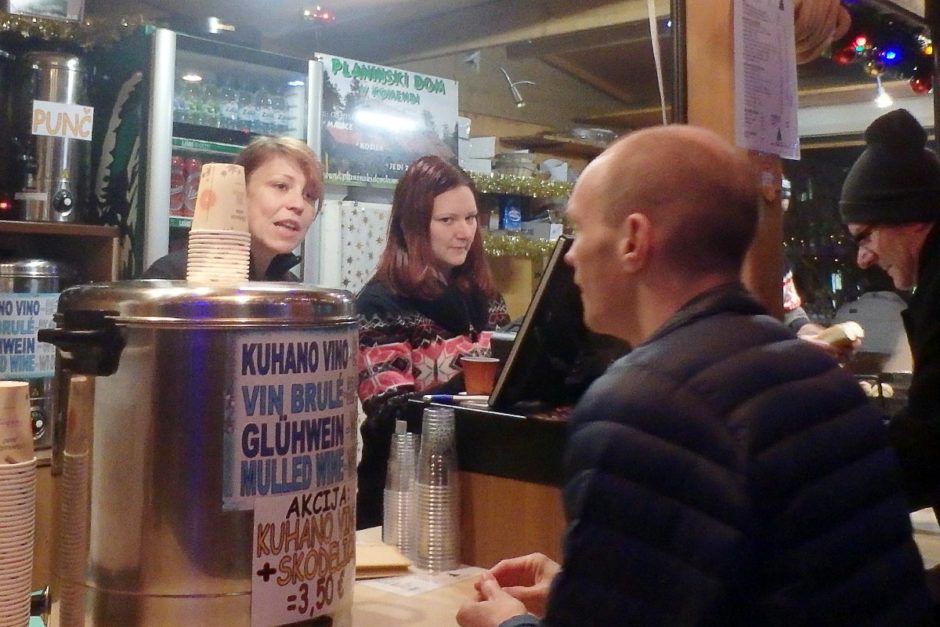
Buying mulled wine in Ljubljana.
My route in Slovenia
Traveling with my partner Masayo, I spent about 10 days in Slovenia. We entered from Hungary by train on the way to Ptuj, the oldest town in Slovenia. We took a train through the capital Ljubljana and continued on to Bled, a famously beautiful lake town up in the Julian Alps, with a picturesque castle on an island. (A local restaurant proudly displays a note Paul McCartney left when he ate there on a vacation in 2005.)
We then spent a few days in Ljubljana and went to the fascinating ancient Roman town of Piran on the coast of the Adriatic Sea. Another couple days in Ljubljana, where it was almost Christmastime and I tried to balance insulin and mulled wine from street vendors, and then we headed by bus to Croatia.
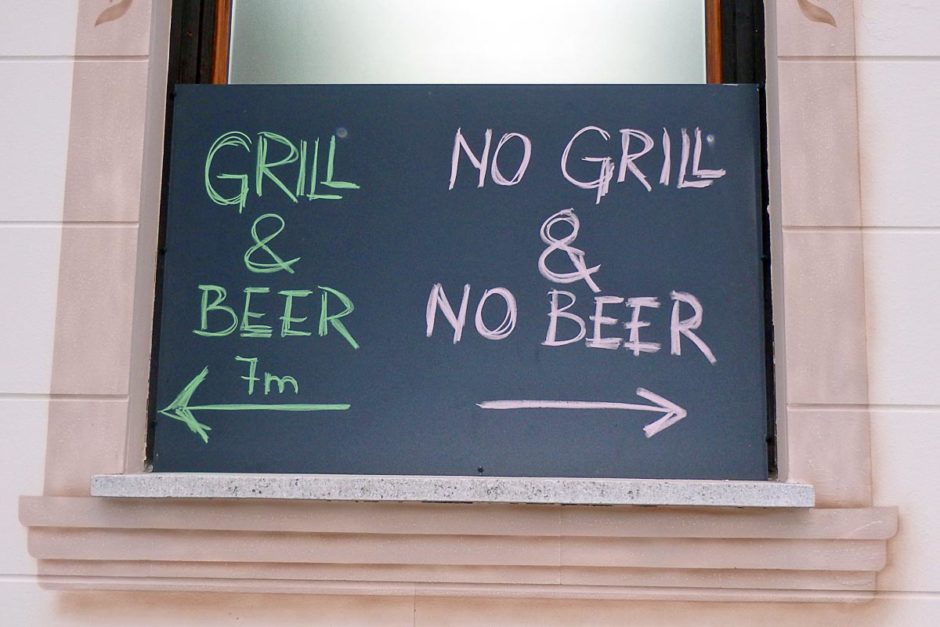
Choose your own adventure, Slovenia style.
Slovenian food
Food in Slovenia tends to be comprised of outside influences. Aside from sausages, potatoes, and bread dishes, there is a close link with neighboring Italy, so various pastas and pizzas are easily found. On the coast, delicious seafood is plentiful, while further inland look for goulashes.
Additionally, diabetic travelers to Slovenia will of course have to consider how to handle snack foods, big breakfasts, and other typical traveler fare.
A lot of food in Slovenia can be thick with carbs. Dose your insulin accordingly, and always check your blood sugar often and try to make adjustments next time.
Some types of food you may encounter in Slovenia include:
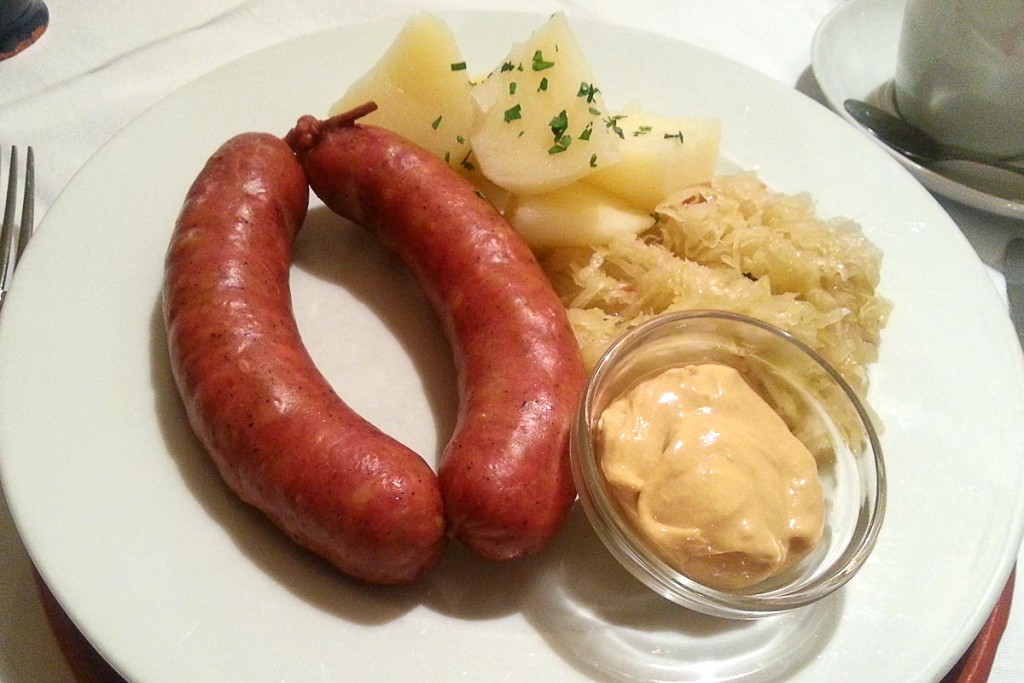
- Potatoes and bread – Potatoes in sauce and bread often accompany meals, which may include meat like sausages or lamb. These are the most “Slovenian” dishes you may eat, but of course watch out for the potatoes. Most breads don’t offer much surprise as far as carbohydrate content goes, but it is often served by the basketful so try to know what you’re going to eat before you take insulin.
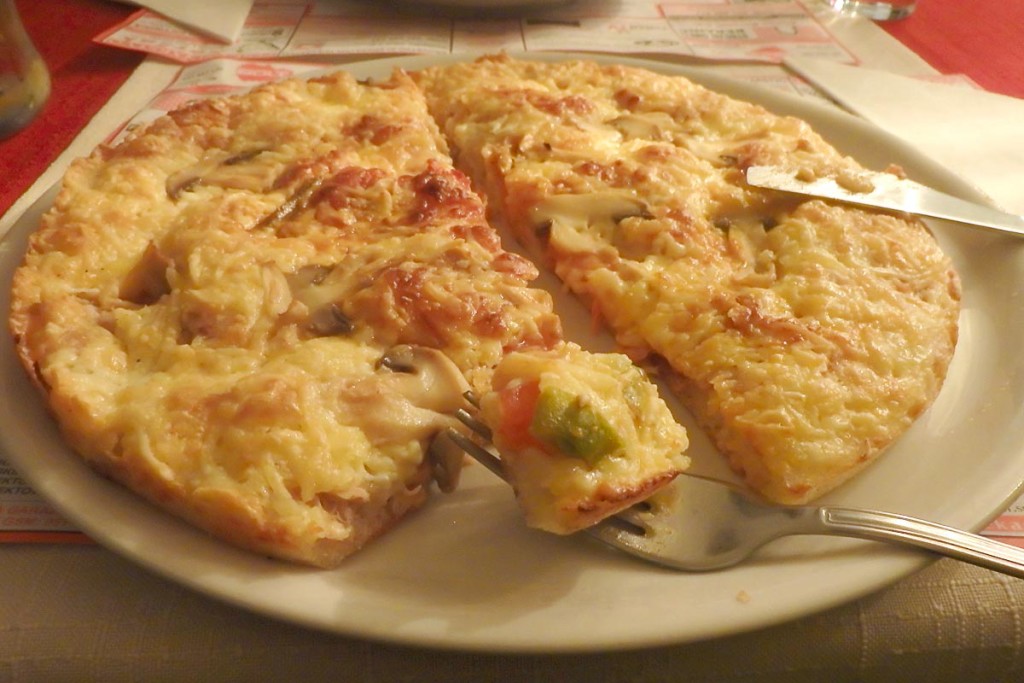
Slovenian pizza.
- Pizza and pasta – Slovenia borders Italy, and some parts of what is now Slovenia (or had been Yugoslavia) were formerly actually in Italy. Pizza sometimes comes thick and “authentic”, like a pie, and pasta places are everywhere. Pizza and pasta can be especially heavy in carbs; most of my bad blood sugars in Slovenia had their origins, in one way or another, in pasta or potatoes. (Pizza, actually, proved lighter in carbs than I imagined.) Do what you need to do – pre-bolus, split shots, etc. And always check after a meal or even at the end of it to see how you’re doing.
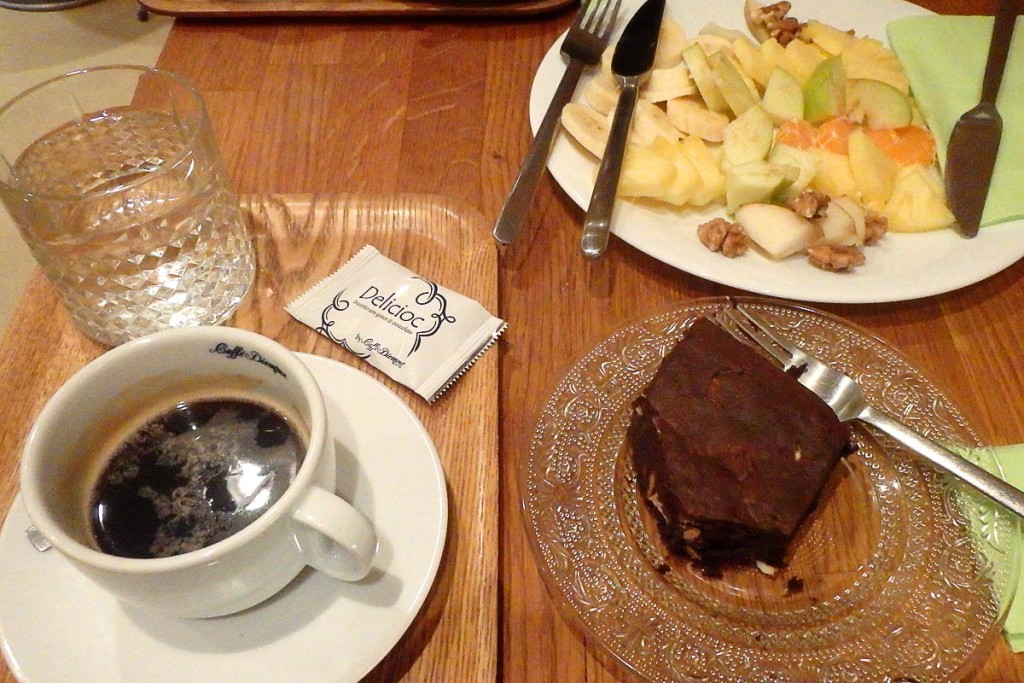
- Coffee shops – Typical cafés are found in most towns, offering nice cups of coffee (sometimes microscopically-sized) and cakes, pastries, and/or fruit dishes. Good for an afternoon snack, especially at an outdoor place when the weather is nice. Try to judge your level of exercise, plus the possible thickness of the carbs in what you eat. Check afterwards.
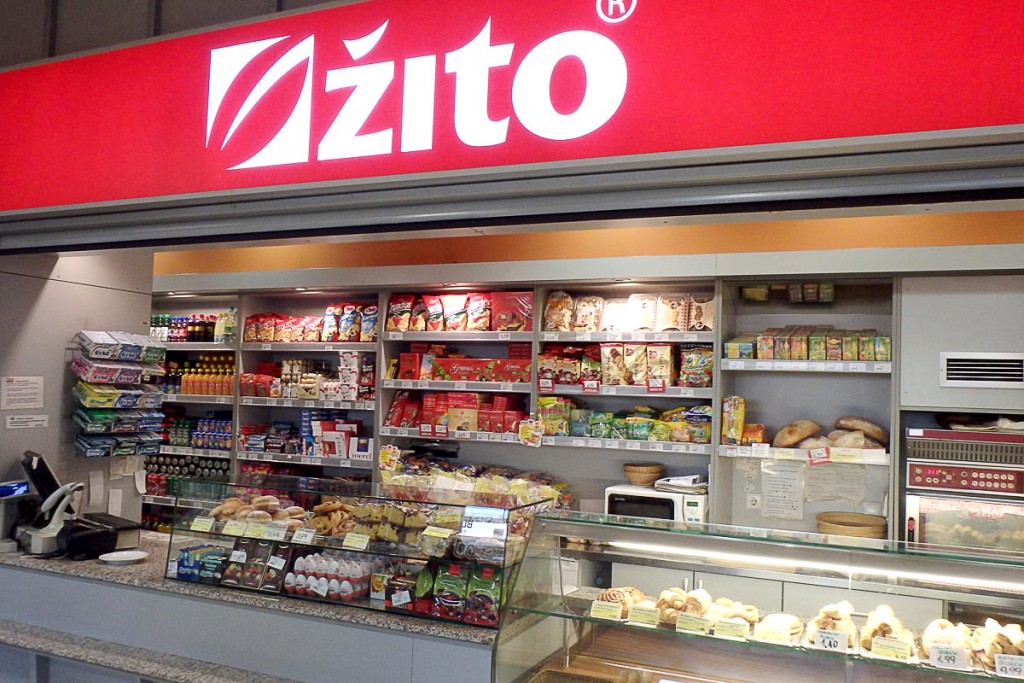
- Junk food – If you’re riding a train or bus through Slovenia, there may be no services whatsoever onboard. Buy lunch or snacks at a kiosk or shop beforehand. Sandwiches, chips, milk, etc make for nice, easy snacks. But sitting all day and eating such food may not be great for blood sugar. Dose well.
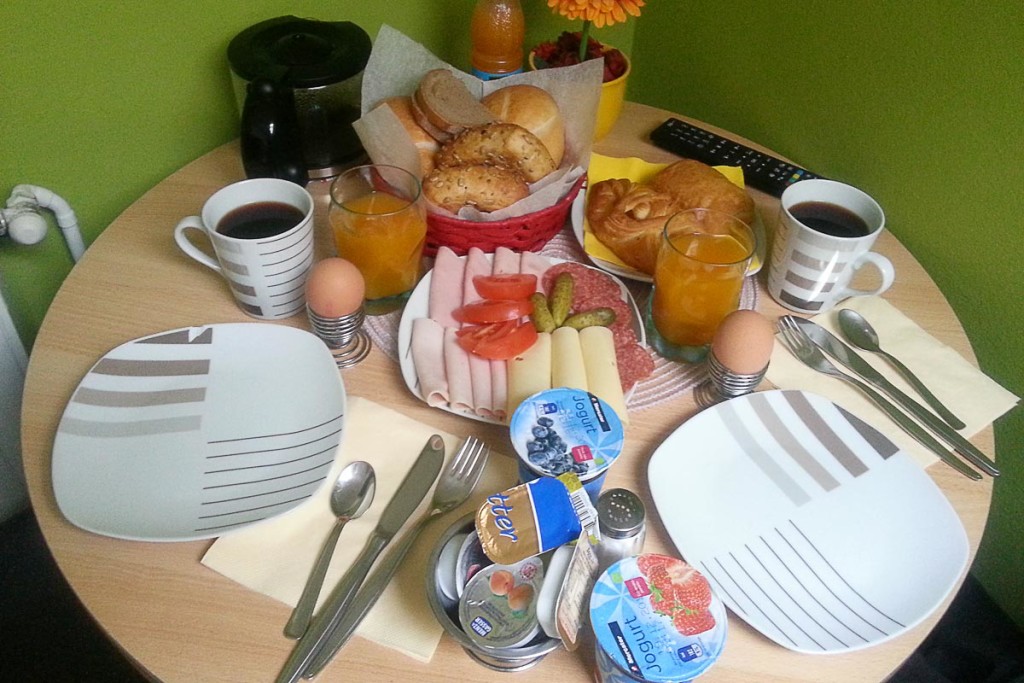
- Buffet breakfasts – You may opt for accommodation that includes a buffet breakfast. These are often extensive and delicious, with granola, juices, meats, cheeses, breads, eggs, and other things available. They can be high in carbs but irresistible. If you’re particularly sneaky you can make a little sandwich from the leftovers and smuggle it out for lunch. Find your own method for taking insulin for large breakfasts and then going walking (or not) during the morning hours so you don’t spike high.
Diabetes is really a giant guessing game, no matter where you are. When eating in Slovenia, make your best guess and learn from whatever the reading is. Don’t shy away from eating what you want! Diabetes is something to work with, not for. You can be happy and make diabetes happy too. Just be conscientious and try your best.
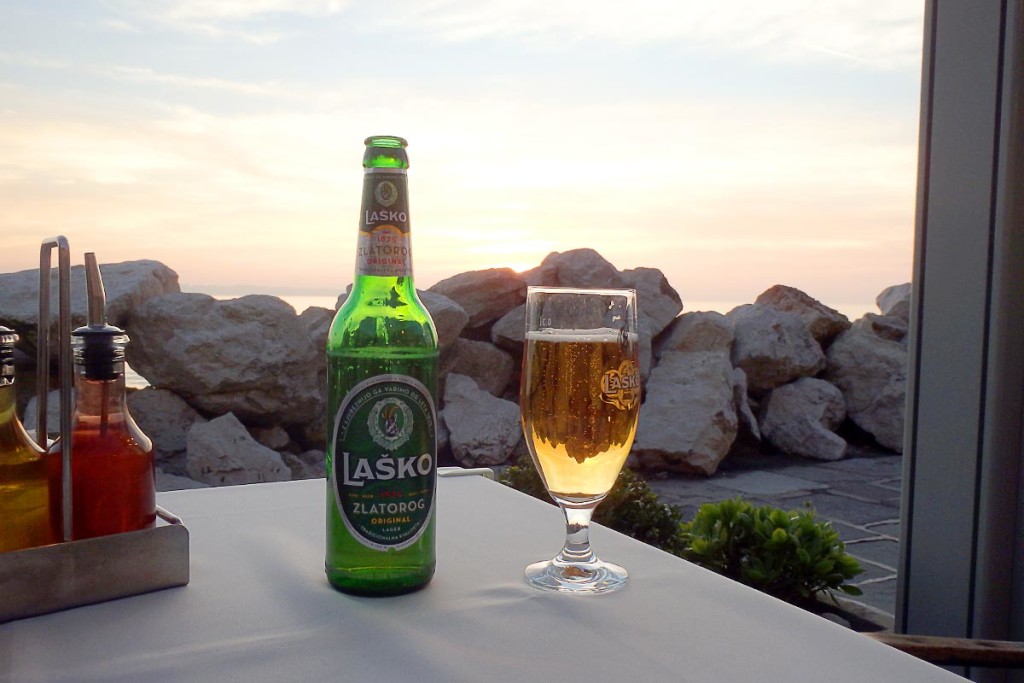
Injecting insulin in public
If you inject with a pen or needle, you can either do so in a restaurant or train seat, or go do it in the bathroom. Be respectful of others who may not appreciate seeing such grotesquery. Personally, I nearly always injected through my travel pants into my legs. Never had a problem, and I was always able to do it under the table or turn in such a way that people’s views were blocked.
(See my Full Review of Bluff Works Travel Pants.)
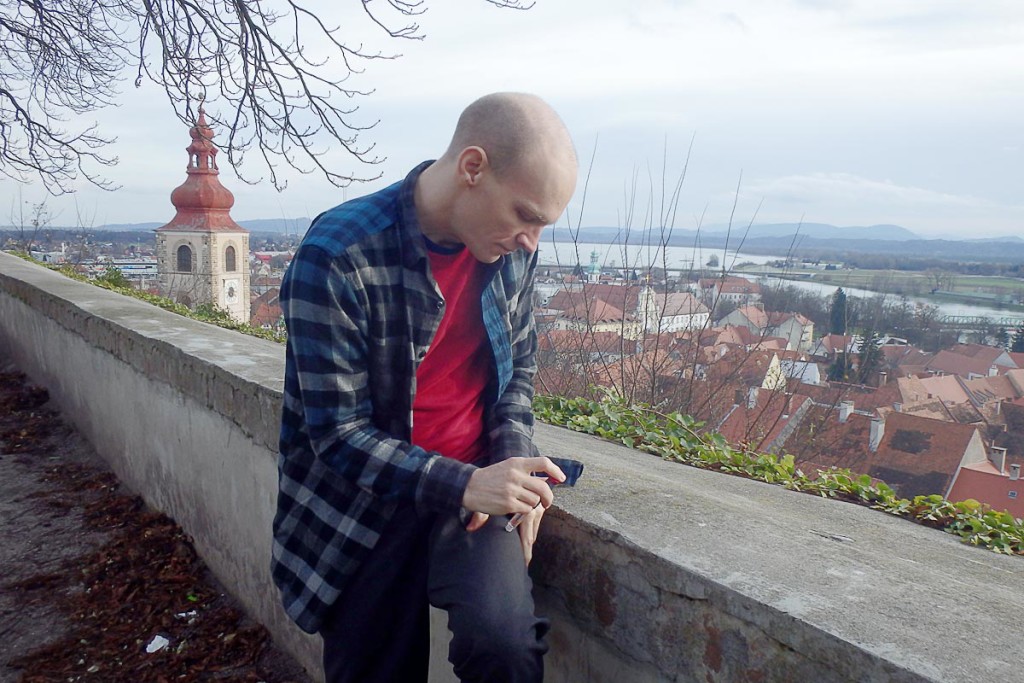
Rooms and accommodation in Slovenia
You can choose a wide range of accommodation in Slovenia. Booking.com is recommended since they have a great selection of places and it’s so easy to find what you want in your price range.
Your own trip to Slovenia may resemble mine as far as rooms, so look at this sampling:
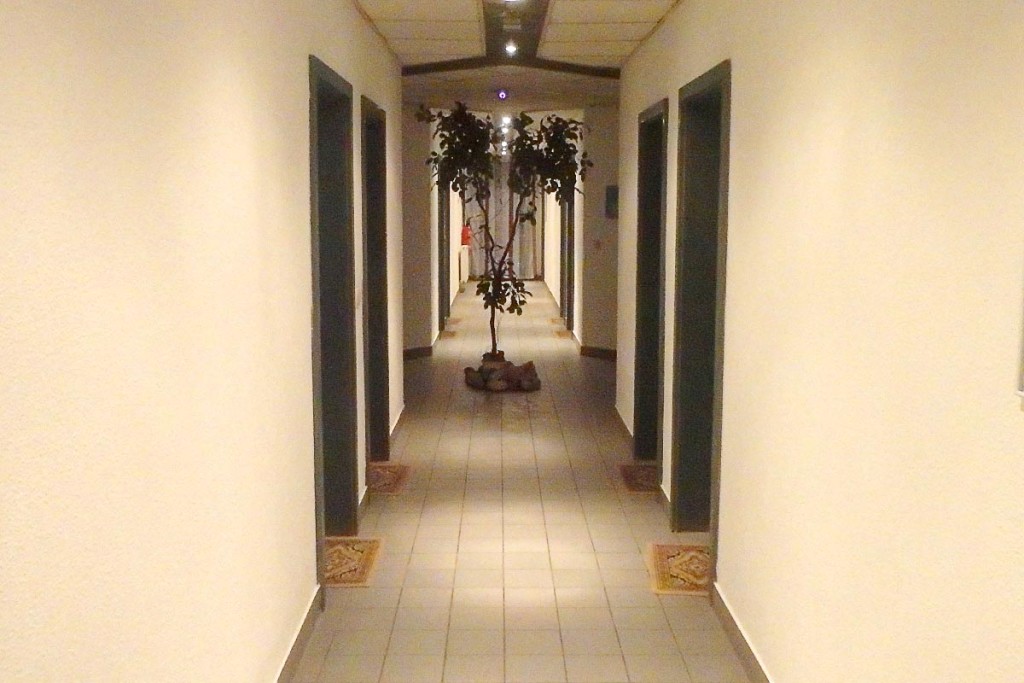
- Bed and Breakfast Žiga, Ptuj – Quiet little hotel in quiet little Ptuj with a small green room with new furnishings and its own bathroom. Decorated with a tree out in the hallway. Breakfast was included according to the booking.com page, but when we arrived they said there was in fact no breakfast. I seemed disappointed, so they said they’d find something for us. Each morning we got a huge breakfast spread delivered to our room. Fantastic place.
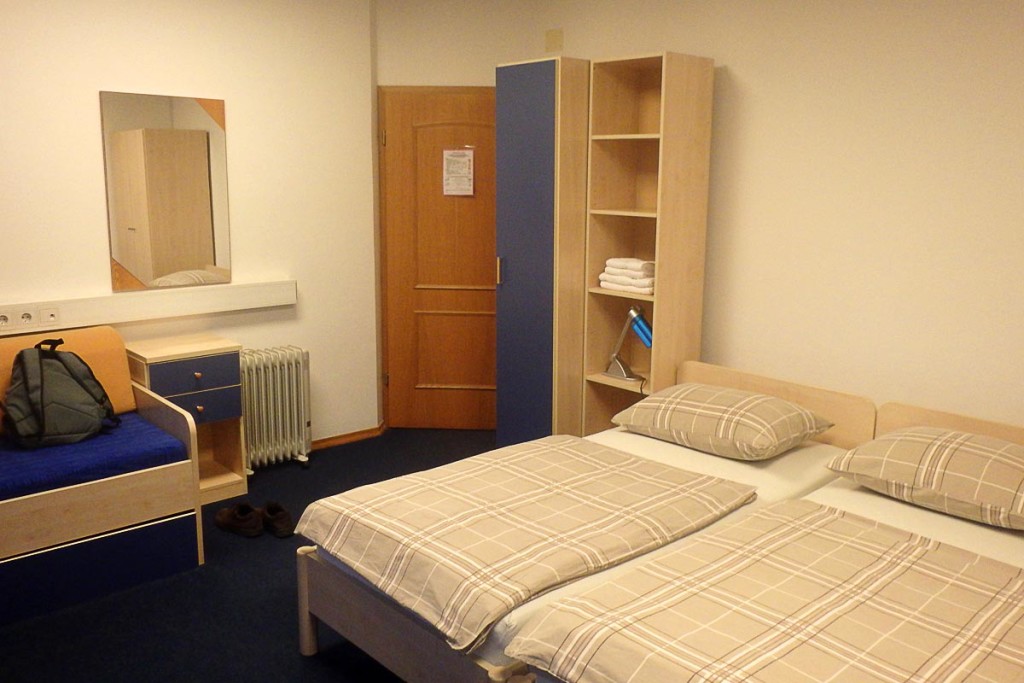
- Pension Union, Bled – Just up the road from Lake Bled in the heart of town, this is an affordable place with large rooms, but communal showers and bathrooms. Very clean; my room had a refrigerator for my insulin. Free breakfast (not a buffet) and delicious Slovenian meals in the restaurant. I asked for a hot water pot for my room and they found one and let me use it. Very helpful, friendly staff.
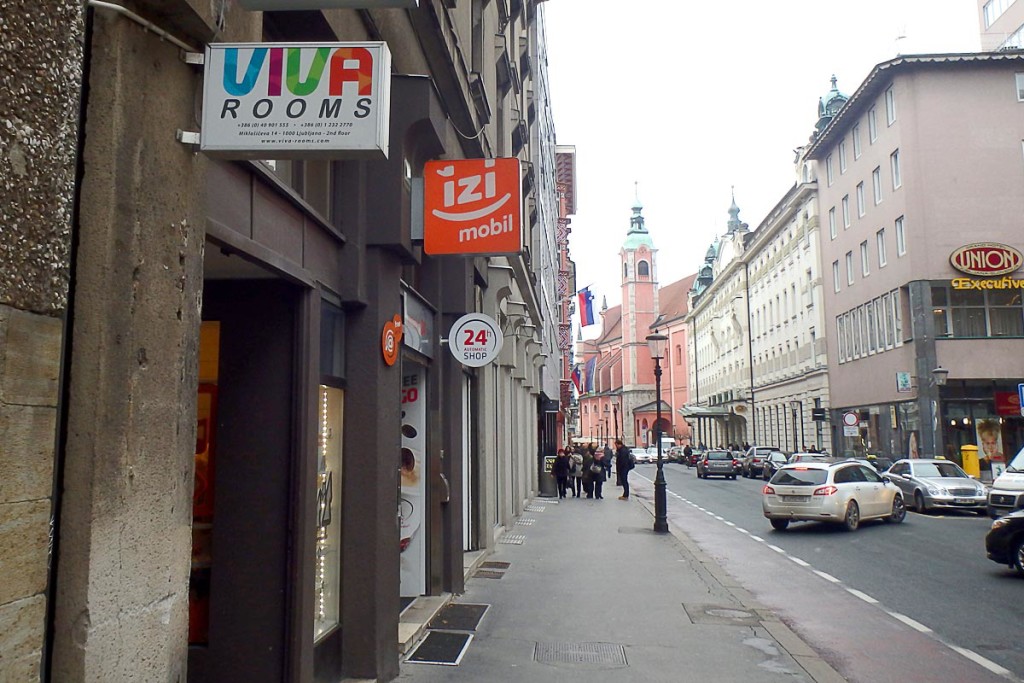
- Viva Rooms, Ljubljana – Hostel with small rooms. Rooms are given names, not numbers; we stayed in “Joy”. Helpful staff and maps available. Very close to the heart of Ljubljana, but this is a hostel with a quiet, private feel. No restaurant or communal area.
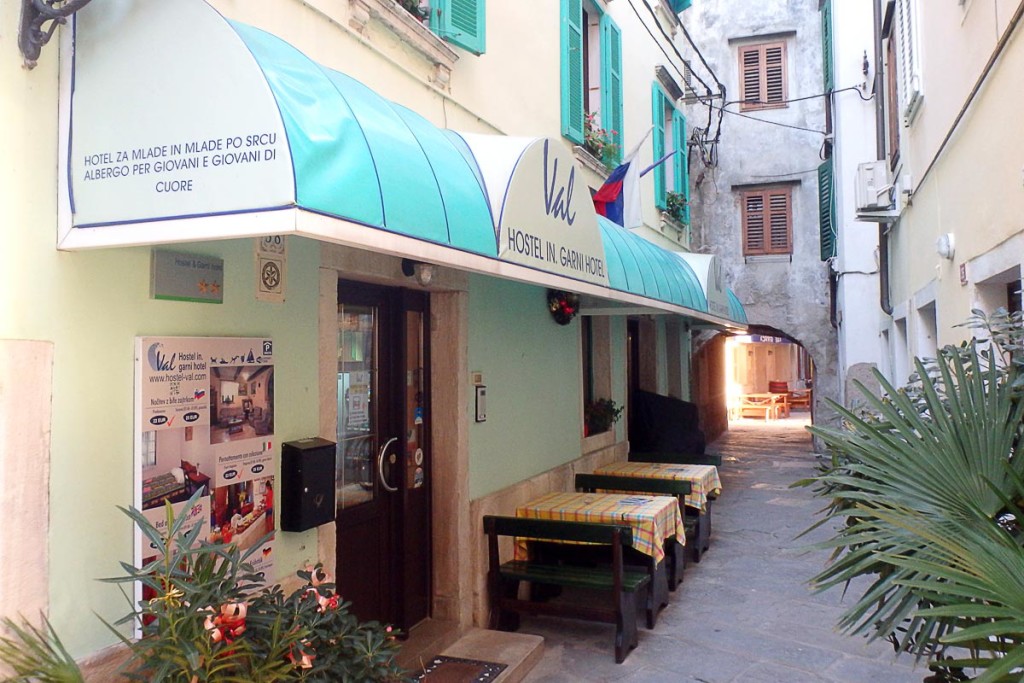
- Val Hostel, Piran – Small hotel on a few floors a few seconds from the water on a back street. There are no bad locations in Piran, and this one is as great as any. Nice breakfast buffet every morning. Communal showers are a little dull and college dorm-y, and the rooms are small, but you’ll want to be out exploring Piran anyway. I’d stay here again.
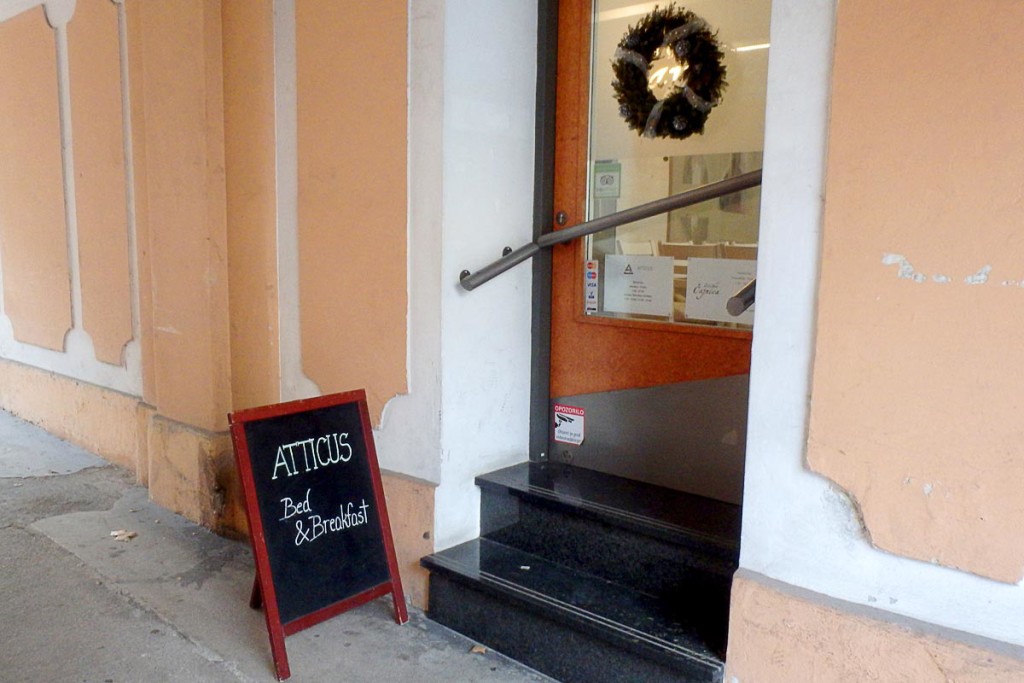
- Bed and Breakfast Atticus, Ljubljana – Indeed made of attic rooms with angular ceilings, this funky hostel has an ultra-hip design and brand-new everything. Communal but private shower and bathrooms. Restaurant has simple meals plus some interesting dry foods you can buy. Some rooms have views through the skylight to the castle and/or sunsets, though they’re a bit small to be hanging around in all day (just mattresses on the floor).
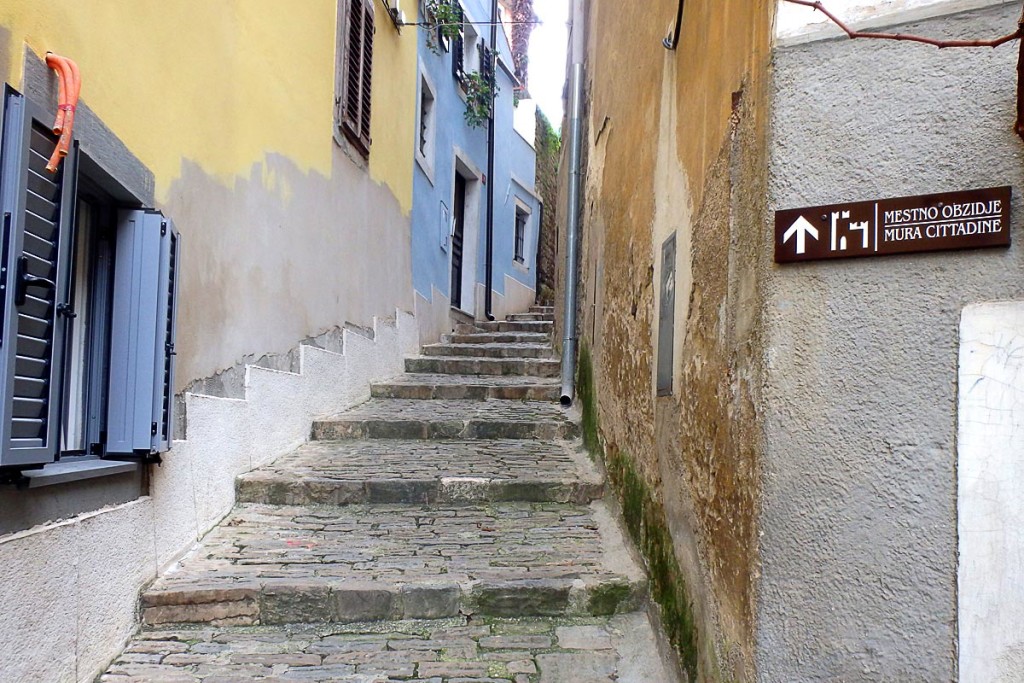
Have you been to Slovenia?
Travel to Slovenia with diabetes is no problem at all. Have a good attitude and do a little preparation and you’ll have a problem-free trip.
If you’ve traveled to Slovenia, especially as a diabetic or with someone who has diabetes, let me know about your experiences.
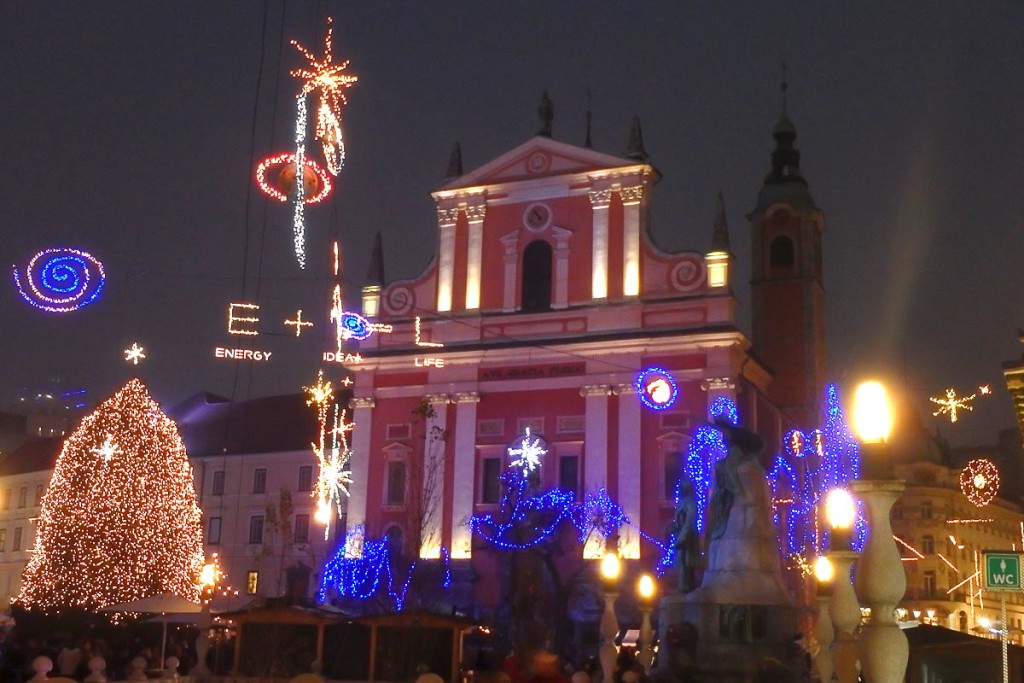
If you’re thinking of going, let me know if you have any questions or comments about it.
You can go anywhere with diabetes!
Read more about my travels in Slovenia
Come along on the adventure! Follow detailed travelogues about the wondrous sights, fascinating people, and varied diabetes experiences I encountered as a traveling T1D in Slovenia:
Day 59: Train Across The Border To Ptuj, Slovenia
Day 60: Around Ptuj, The Oldest Town In Slovenia
Day 61: Exciting Train To Beautiful Bled, Slovenia
Day 62: Walking Around Lake Bled, Slovenia's Most Gorgeous
Day 63: Waiting For The Christmas Market In Ljubljana, Slovenia
Day 64: Hamburgers And Hot Wine From Ljubljana, Slovenia Street Vendors
Day 65: Ljubljana Castle On A Crisp Blue Day In Slovenia
Day 66: To Piran, Slovenia's Lovely Hidden Seaside Town
Day 67: Exploring The Amazing Old Town Walls In Piran, Slovenia
Day 68: Just Can't Stay Away From Ljubljana, Slovenia
Day 69: Big Bus Out Of The Schengen Area To Zagreb, Croatia
Thanks for reading. Suggested:
- Share:
- Read next: Tips for traveling to Croatia with diabetes
- News: Newsletter (posted for free on Patreon every week)
- Support: Patreon (watch extended, ad-free videos and get other perks)

Support independent travel content
You can support my work via Patreon. Get early links to new videos, shout-outs in my videos, and other perks for as little as $1/month.
Your support helps me make more videos and bring you travels from interesting and lesser-known places. Join us! See details, perks, and support tiers at patreon.com/t1dwanderer. Thanks!
